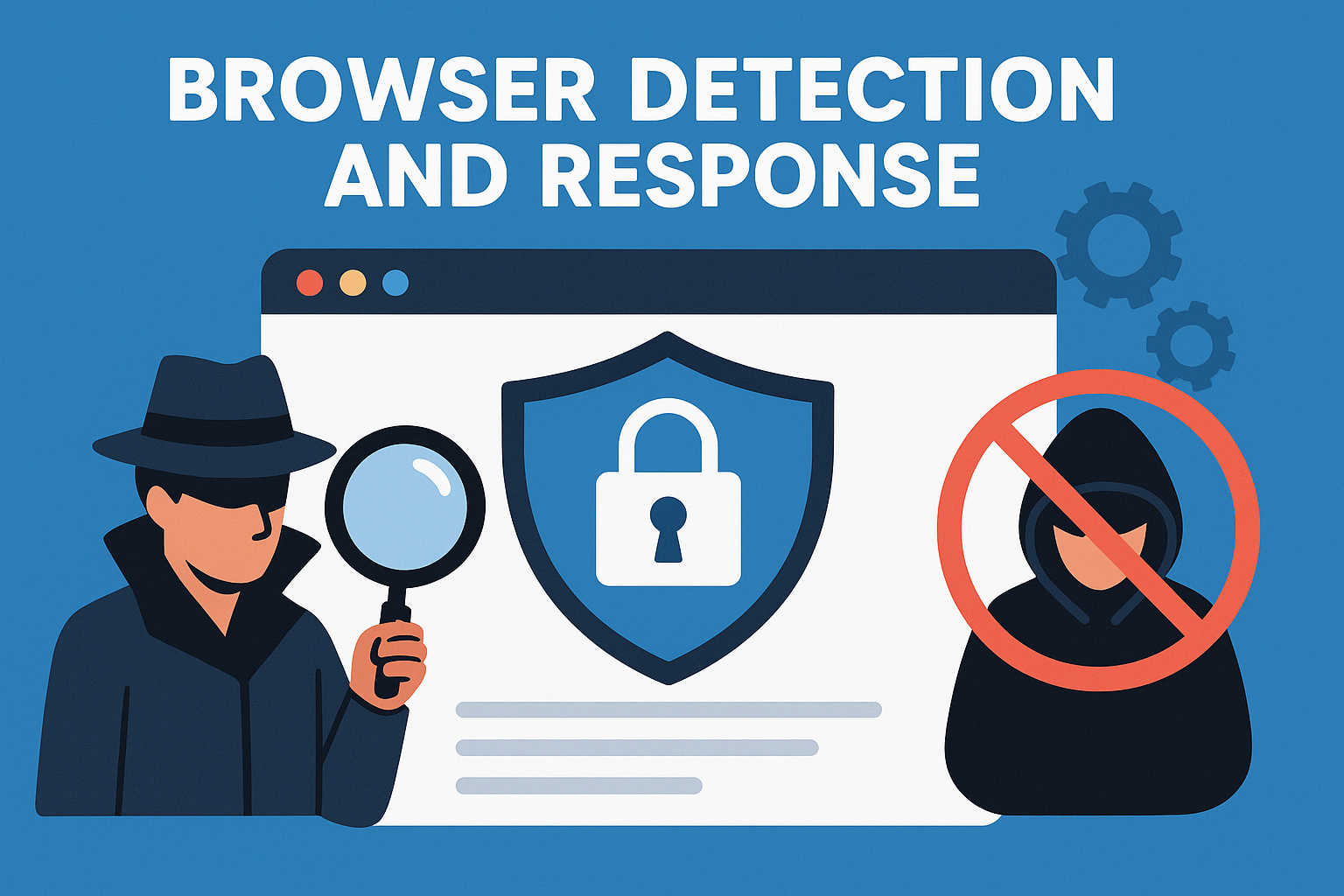
"Browsers have effectively become an application platform rather than just a simple web viewer, so it is important to protect it."
"EDRs currently have zero visibility into the browser. They primarily look at file and process, but by looking at a browser's memory, it's almost impossible to reconstruct what is happening at the application layer."
"This blind spot creates vulnerabilities as organizations move to cloud-native operations. While SASE and SSE solutions claim to secure browser traffic, they introduce latency and are easily circumvented by modern attack techniques like 'last mile reassembly'."
"SquareX takes a different approach from 'enterprise browsers' that create user friction. Instead, BDR works with existing browsers through extensions, using WebAssembly to run detection algorithms at near-native speeds within the browser context."
Browsers are evolving into application platforms and are increasingly targeted by attackers, making traditional security approaches inadequate. Current Endpoint Detection and Response (EDR) systems lack visibility into browser activities, limiting their effectiveness in preventing threats. As organizations adopt cloud-native operations, vulnerabilities emerge, particularly against modern attack methods. SquareX proposes a Browser Detection and Response (BDR) system that integrates with existing browsers using WebAssembly, offering enhanced detection capabilities without disrupting user experience. This approach emphasizes the urgent need for better browser security to protect corporate identities and data.
Read at Techzine Global
Unable to calculate read time
Collection
[
|
...
]